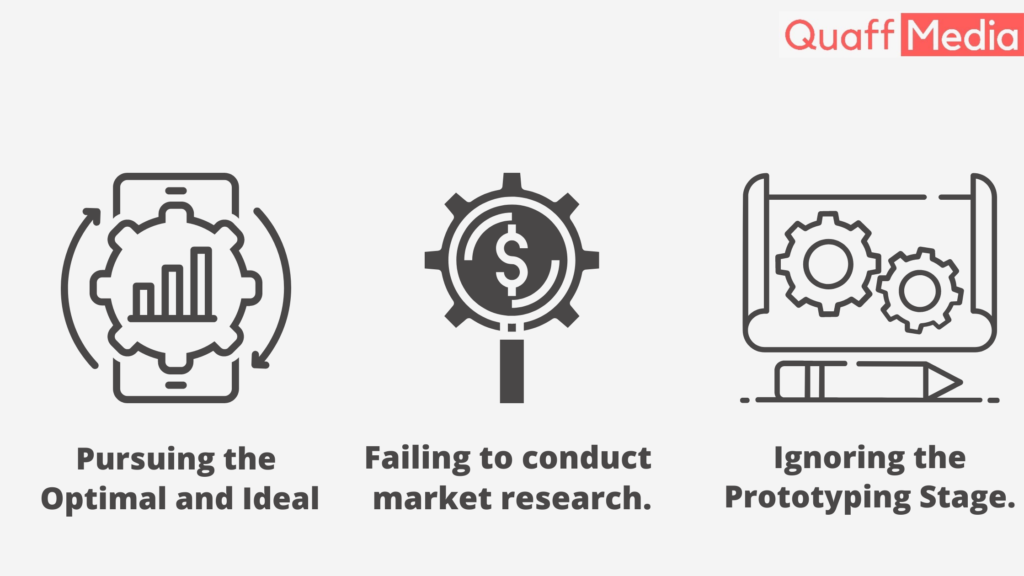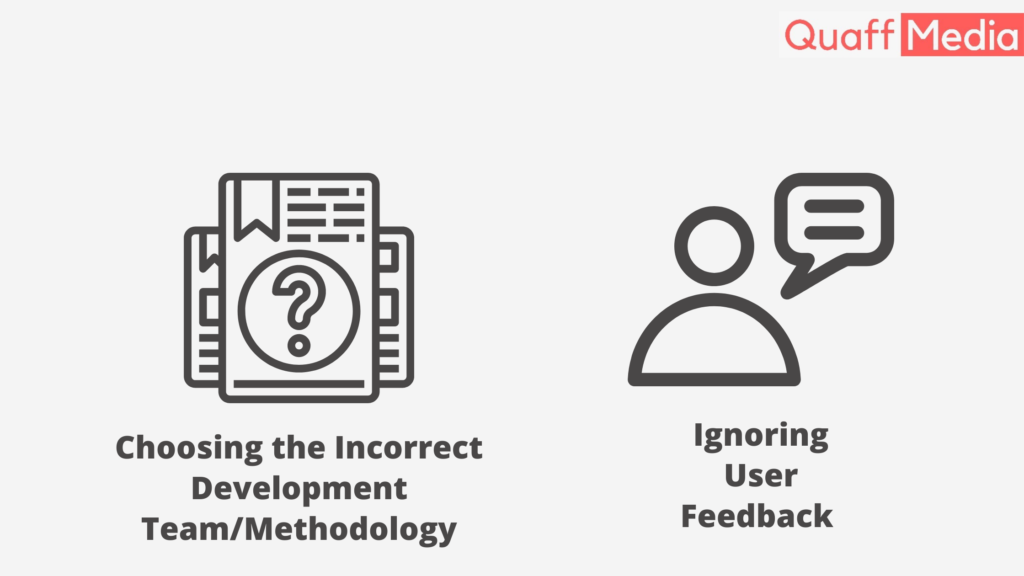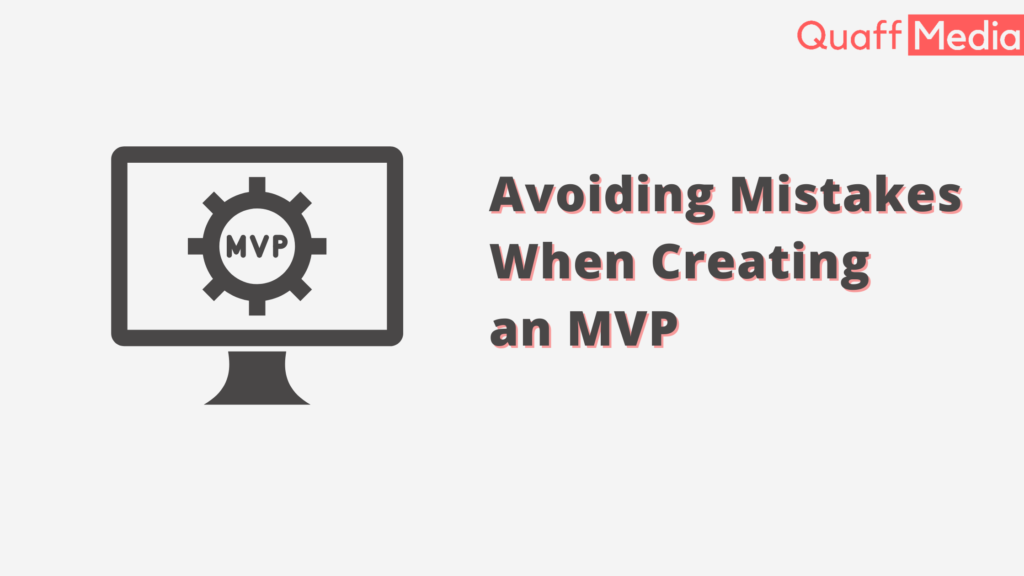Avoiding Mistakes When Creating an MVP
A Minimum Viable Product (MVP) is in the early stage of realizing your concept.
One of the most critical stages of product development is MVP. Indeed, the MVP stage of your concept influences the feasibility of your business because it provides insight into how the product is initially received. Furthermore, it helps you save money and gives valuable feedback that influences the final, full-featured product.
Although it appears to be simple, the MVP technique contains a few dangers that you should try to avoid. Here are the top five pitfalls to avoid while creating an MVP.
Mistake 1 Pursuing the Optimal and Ideal
An MVP is not the finished product. This is something that corporations frequently miss or entirely disregard. As a result, things proceed slowly, deadlines are missed, and so on.
How to Create an MVP / Source
This problem originates from the desire to appeal to a broad audience and the feeling that you are not offering enough. Even if this is not your aim at this point. True, there is a lot of competition out there, and you have to be the best, but pursuing the greatest during MVP development defeats the objective of this stage. At this point, you must prioritize rather than optimize. Concentrate on creating a bare-bones solution that introduces the key idea while providing basic capabilities. Examine how the audience, your feedback pool, responds. Then you may proceed to make all of the tweaks and enhancements that will result in the finished product.
Mistake 2: failing to conduct market research.
To be sure, you want your product to flourish and appeal to a big audience – and why shouldn’t you?
You must have a fantastic concept, a solution that many people will want.
You cannot, however, appeal to everyone at the same time. Even the most successful products begin in a small market sector. They only address the wider public later on. Furthermore, there is a considerable likelihood that your answer is not wholly novel, if at all. As a result, you run the danger of trying to “reinvent the wheel,” squandering funds and personnel in the process.
For your MVP, you’ll need to conduct extensive market research. First, you must determine whether your product is a viable marketable option. Second, you must identify who your early adopters will be. Their shared features might be their occupation, age group, or something else.

Mistake 3: Ignoring the Prototyping Stage.
The prototype phase is an important part of the MVP development process. It gives your concept life while also lubricating the wheels of product development. Furthermore, it gives investors a physical depiction of your product and aids your team in better understanding your vision.
Without a doubt, missing the prototype phase might be disastrous for the entire project. You won’t be able to construct a firm basis for the development process if you don’t have an appropriate prototype, and you risk losing -or not finding- investor backing.
MVP vs. Prototype / Source
Consider your prototype to be a wireframe that demonstrates the usability of your product. Having stated that you may create a prototype in three steps:
Begin by creating a basic interface architecture for the product, including some technical requirements and general information.
The following phase would be to create an interactive wireframe of the product’s fundamental architecture. Don’t be fooled by the “interactive” portion; similar frameworks may also be done by hand, much like drawings.
The next phase would be to create a high-quality prototype with visuals and interactive components. This is not a required stage in the prototype process. Although it is occasionally requested by clients. It also improves the overall appearance of your prototype.
Mistake 4: Choosing the Incorrect Development Team/Methodology
The Development Group
When it comes to building a team to build an MVP, even the most experienced developers may make mistakes. It’s not merely a matter of having fewer talents than needed; being over-skilled is a problem in and of itself. Similarly, you may feel overburdened due to an overcrowded team or a lack of personnel for the work.
Missing deadlines, overburdening the MVP with features, neglecting to integrate feedback, depleting your budget at an early stage, and, eventually, failing to deliver may all result from a disruption in this balance.

Mistake 5: Ignoring User Feedback
The most major advantage and primary goal of creating an MVP are to get user input early on. As a result, neglecting this valuable source of data deprives the MVP of its function.
The reaction of early adopters will determine the future success of your finished product. Click To TweetAs previously said, this carefully selected set of people is the ones that require your product the most and will use it the most frequently. Keeping this in mind, you must establish solid communication channels with your core users and prioritize user feedback.
These insights will serve as your map and compass, guiding you in making the necessary modifications and improvements, retaining and extending your consumer base, and eventually arriving at a well-designed product that will dominate the market.
Conclusion
The MVP stage is a critical step in product development. It will save you time, money, and resources.
It’s also important for defining your end-brand products and building your core user base. However, it is not without its drawbacks, which you must be aware of if you are to avoid them.

